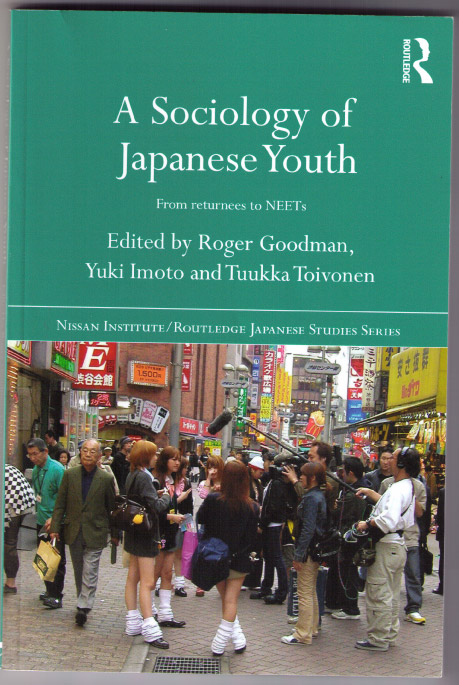
Corporal punishment – loosely defined as the beating, hitting, or kicking of the body to discipline or punish, by a person in a position of authority relative to a person in a subordinate position – is not a social phenomenon unique to Japan. Despite recent movements towards its eradication, corporal punishment remains a widely used disciplinary practice throughout the world, more commonly used by parents at home than by teachers at school. Corporal punishment has been used in Japan for centuries, but it was first labelled ‘taibatsu’ in the Meiji Period. This chapter demonstrates how the definition and educational value of taibatsu have been debated ever since, and how the term has alternatively been seen as a ‘solution’, ‘problem’, and even ‘marginalized non-issue’.
Buy the book for which this chapter was written here. Download a copy of my chapter by “right-clicking” here and selecting “download linked file as”. It is a large .zip file so please give it time to load.
ABOUT THE BOOK
“This superb collection of essays presents a social constructionist analysis of why youth problems erupt when they do and how they evolve. This is an exceptionally well-written book that is destined to become a classic in Japanese studies and is a truly collaborative effort that benefits from a high degree of dialogue between the authors.” – Jeff Kingston, Temple University Japan; The Japan Times, Sunday, May 20, 2012. Read the full review here.
Read another review, in Japanese, by the Keio University economist Higuchi Yoshio by clicking here.


